
Culture
20:18, 19-Sep-2017
Immortalizing China’s coal miners with ancient ink craft
CGTN
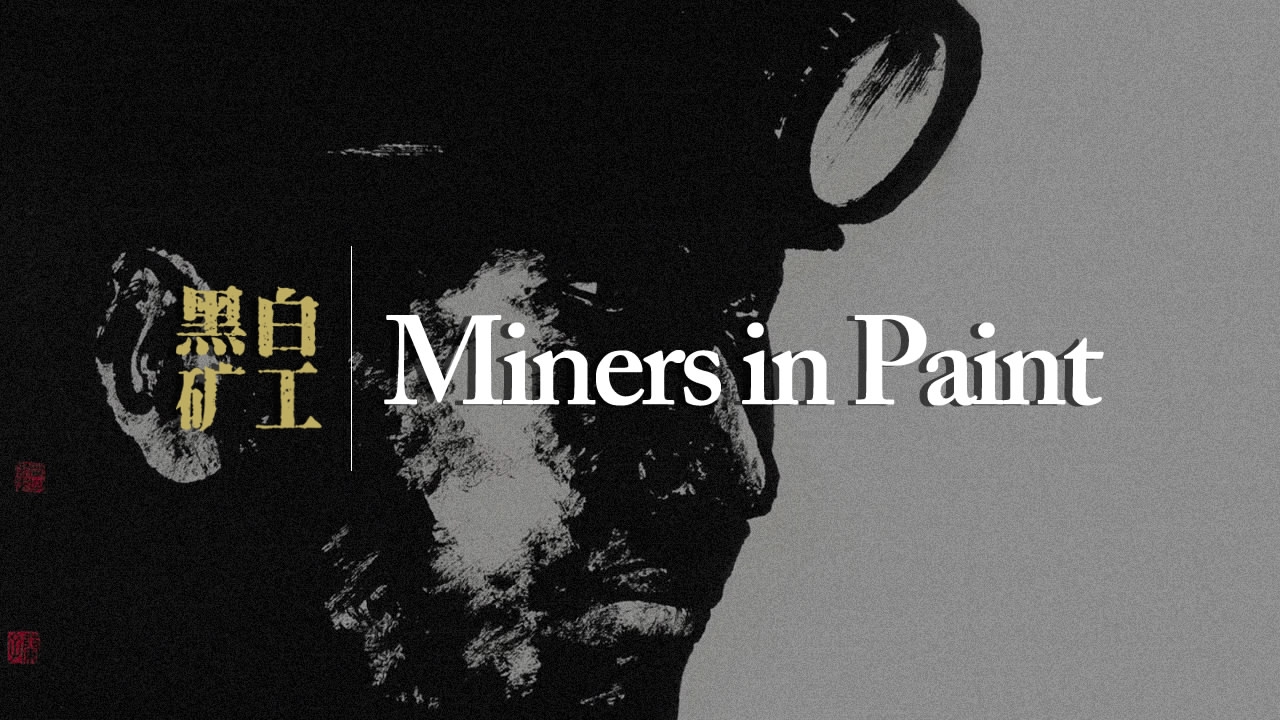
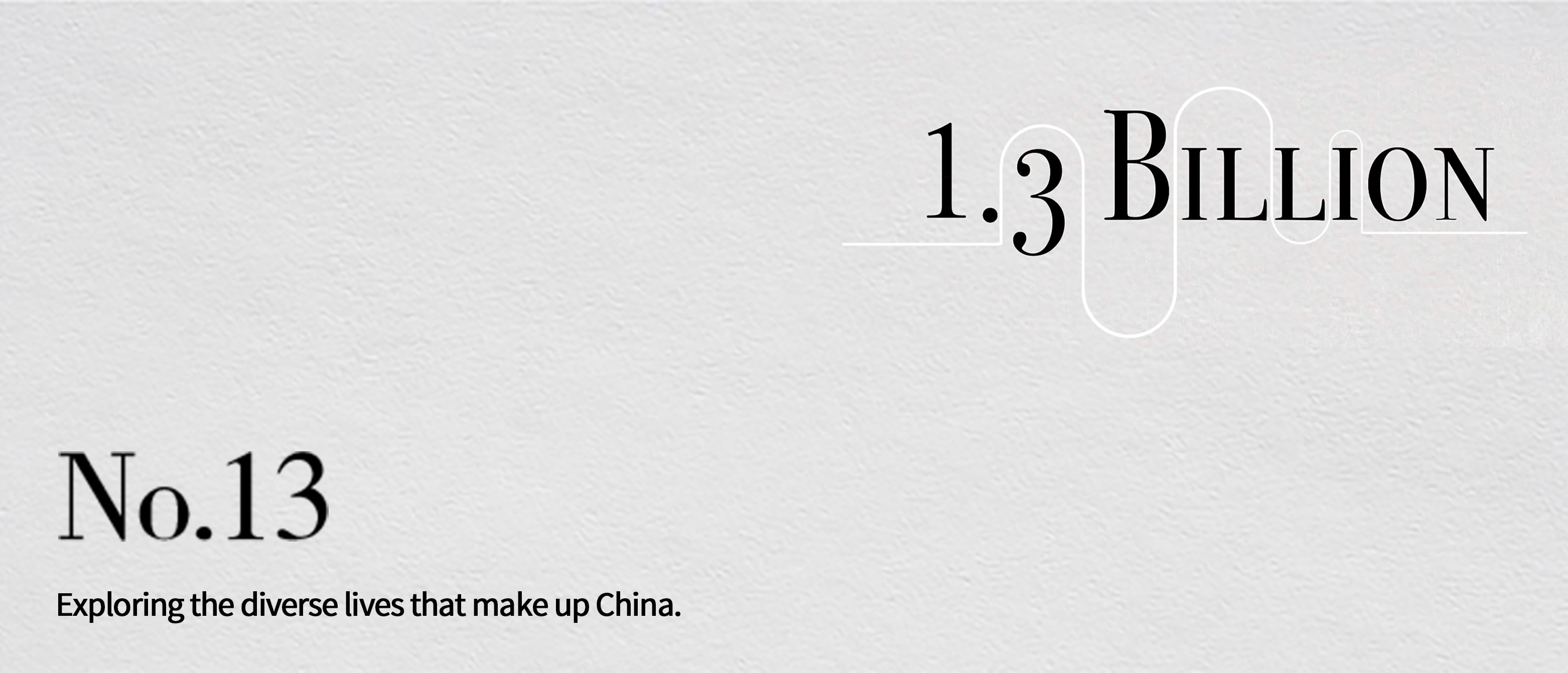
Using very little water and thick ink, ancient Chinese painters illustrated the world around them using strong-ink, or dry-ink. Over 5,000 years later, the art form lives on with the help of artist Lin Lanzi.
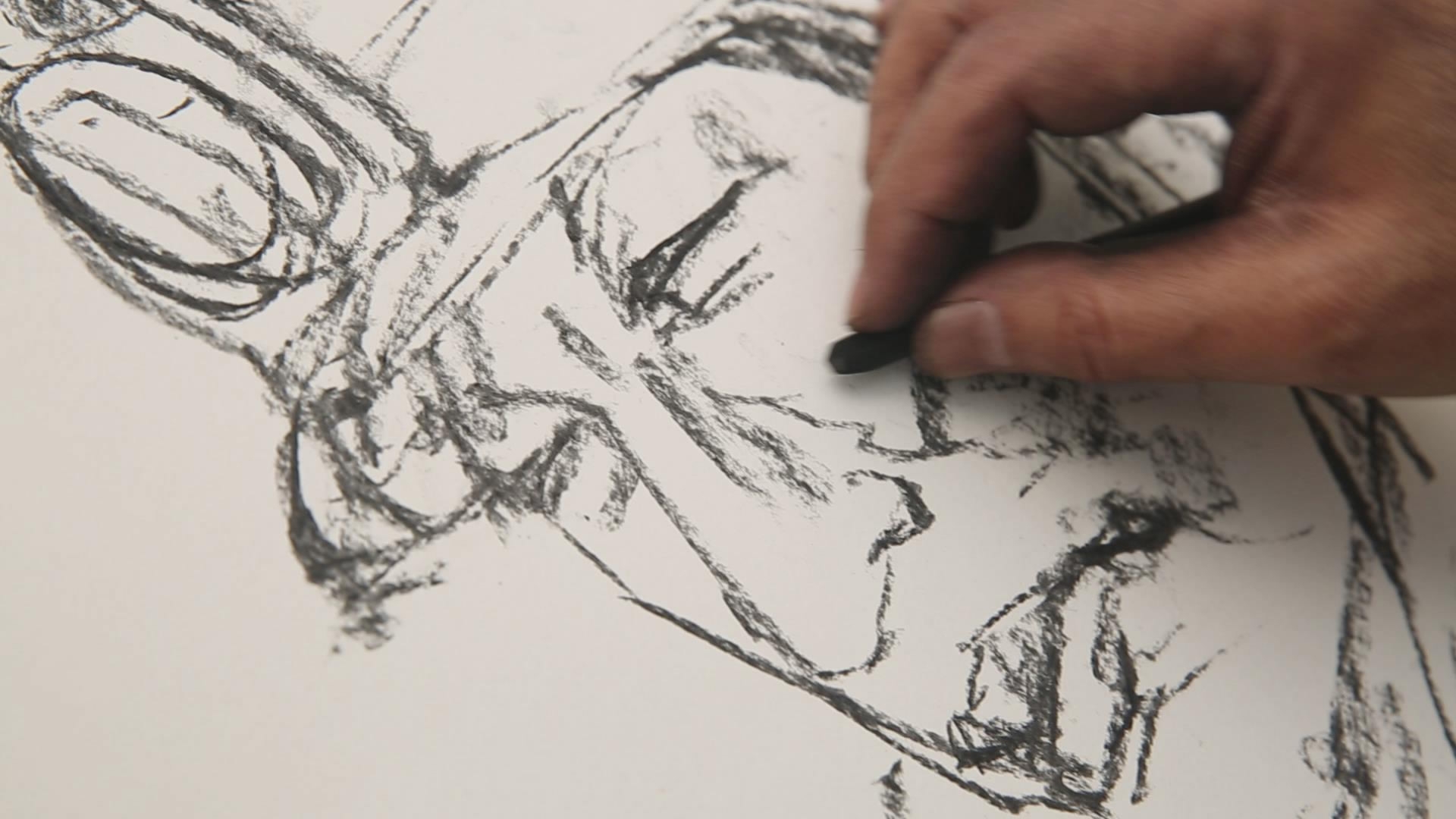
The strokes used in strong-ink painting are thick and rich, giving a rough, hard feeling to the painting. Lin Lanzi chose to use this technique to portray a group of people near to his heart: Coal miners.
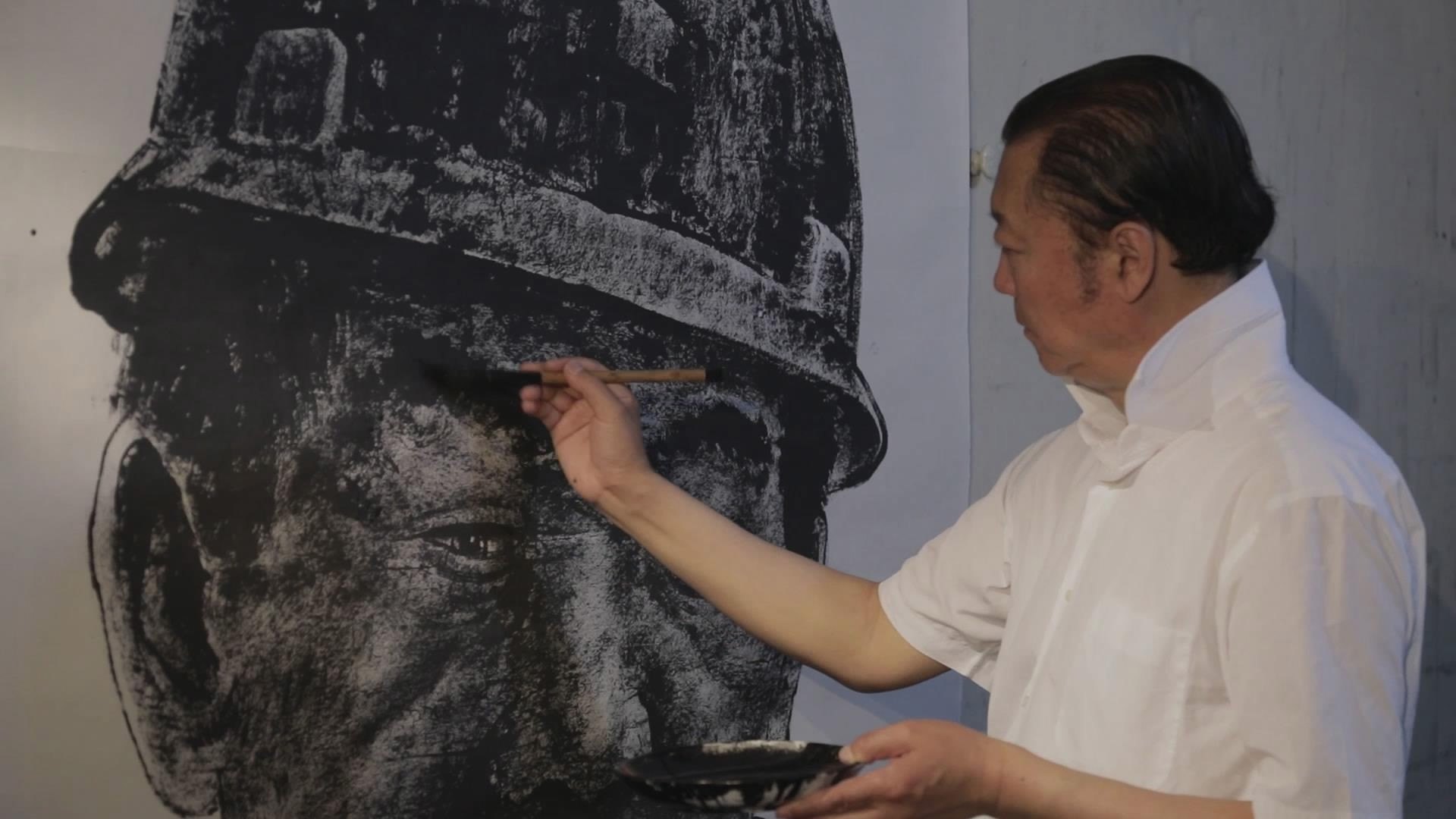
Lin’s personal experience left him with an intimate connection with coal miners: "I used to be in an engineering corps. My job was to blast mountains and dig tunnels, which is very similar to the work of coal miners." He lived with the miners, had conversations with them, and even went down into the shafts with them. In the dark shafts, miners were all covered in soot, which concealed almost all their features and made it difficult to tell one person from the other. Eventually, soot-covered faces became part of their identity.
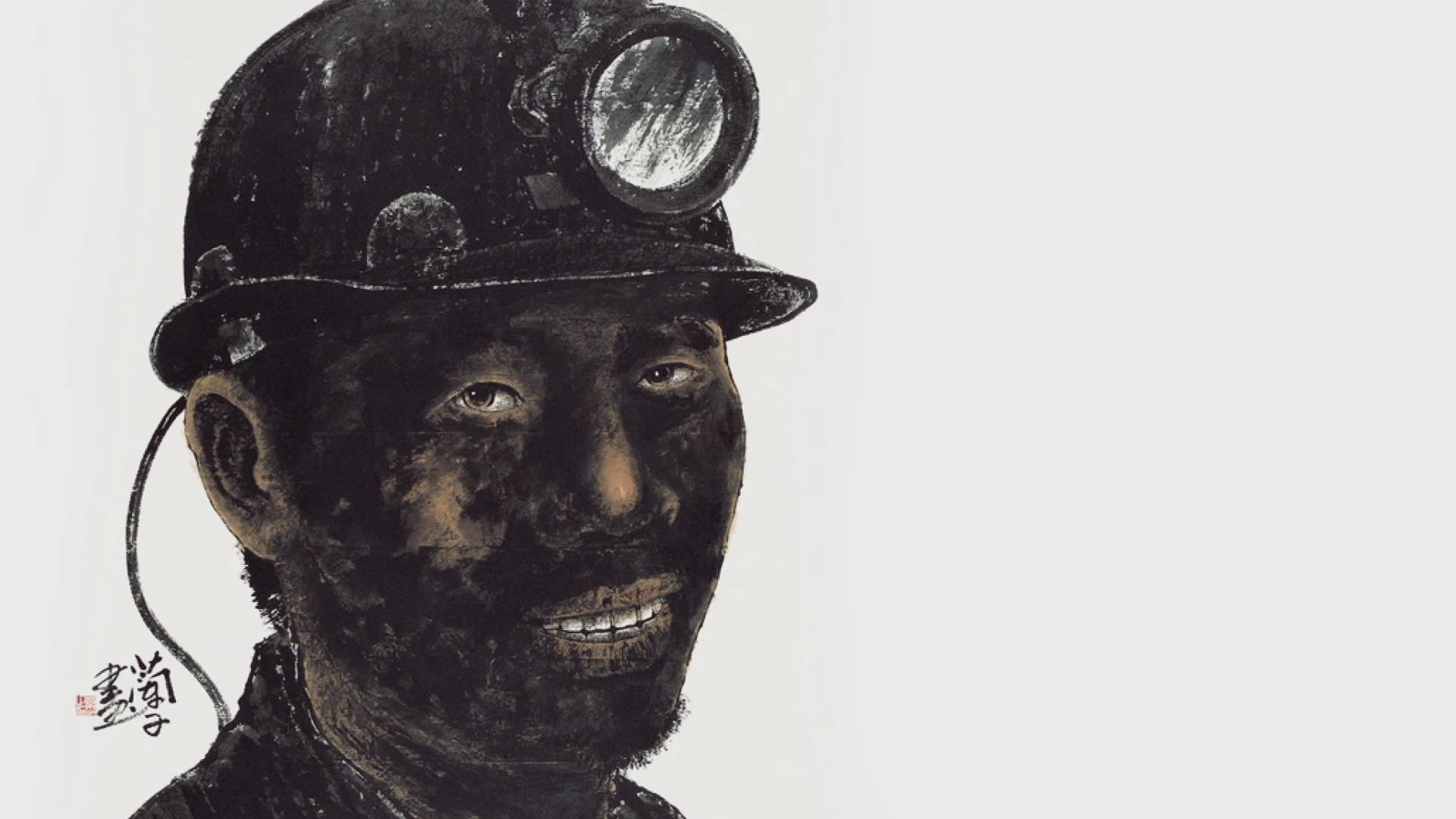
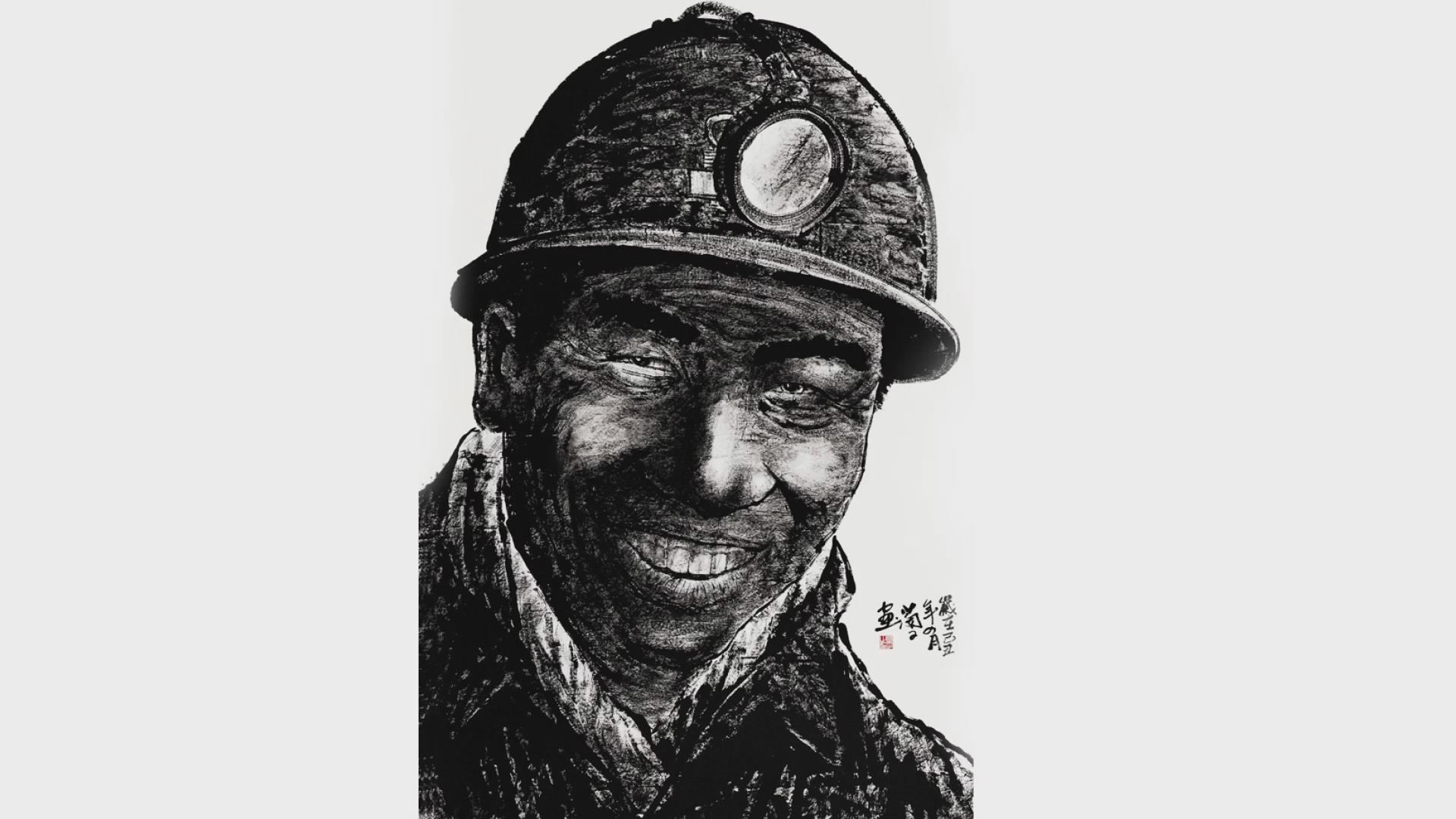
Lin Lanzi used his brush to truthfully and accurately present the miners’ features. The thick ink that molded the miners’ faces highlighted their white teeth; this speck of white preserved some of their personal features behind their collective identities as miners. By using strong-ink painting, the labor-worn faces of the miners could be depicted vividly.
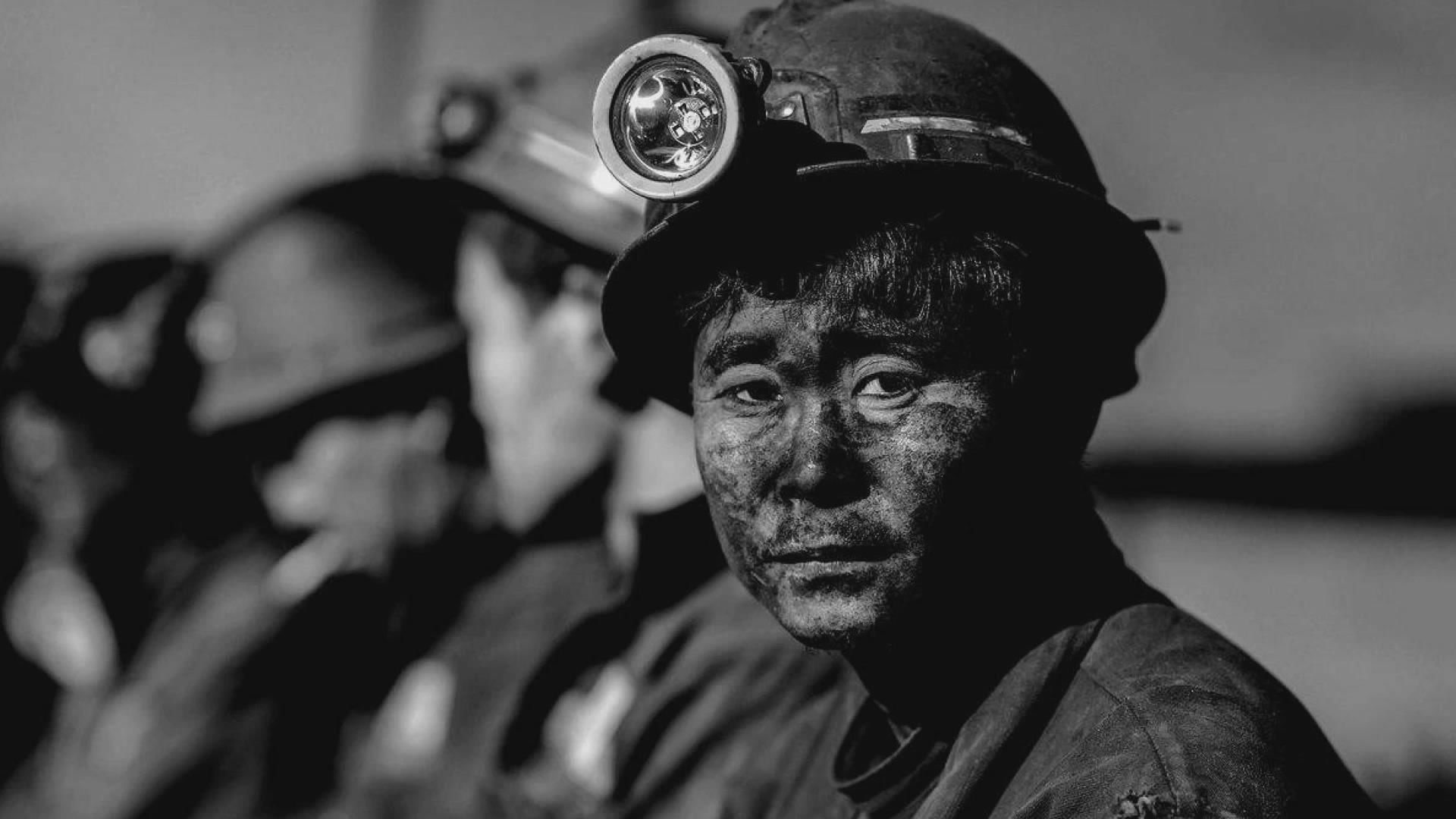
Working in the shafts can be very dangerous and the lives of miners were constantly threatened by gas explosions and flooding. However, they continue working here, eating only steamed buns for lunch, to create a better life for their families and children. Lin was deeply moved by their simple wish, "They work in the hell of darkness to bring light to others."
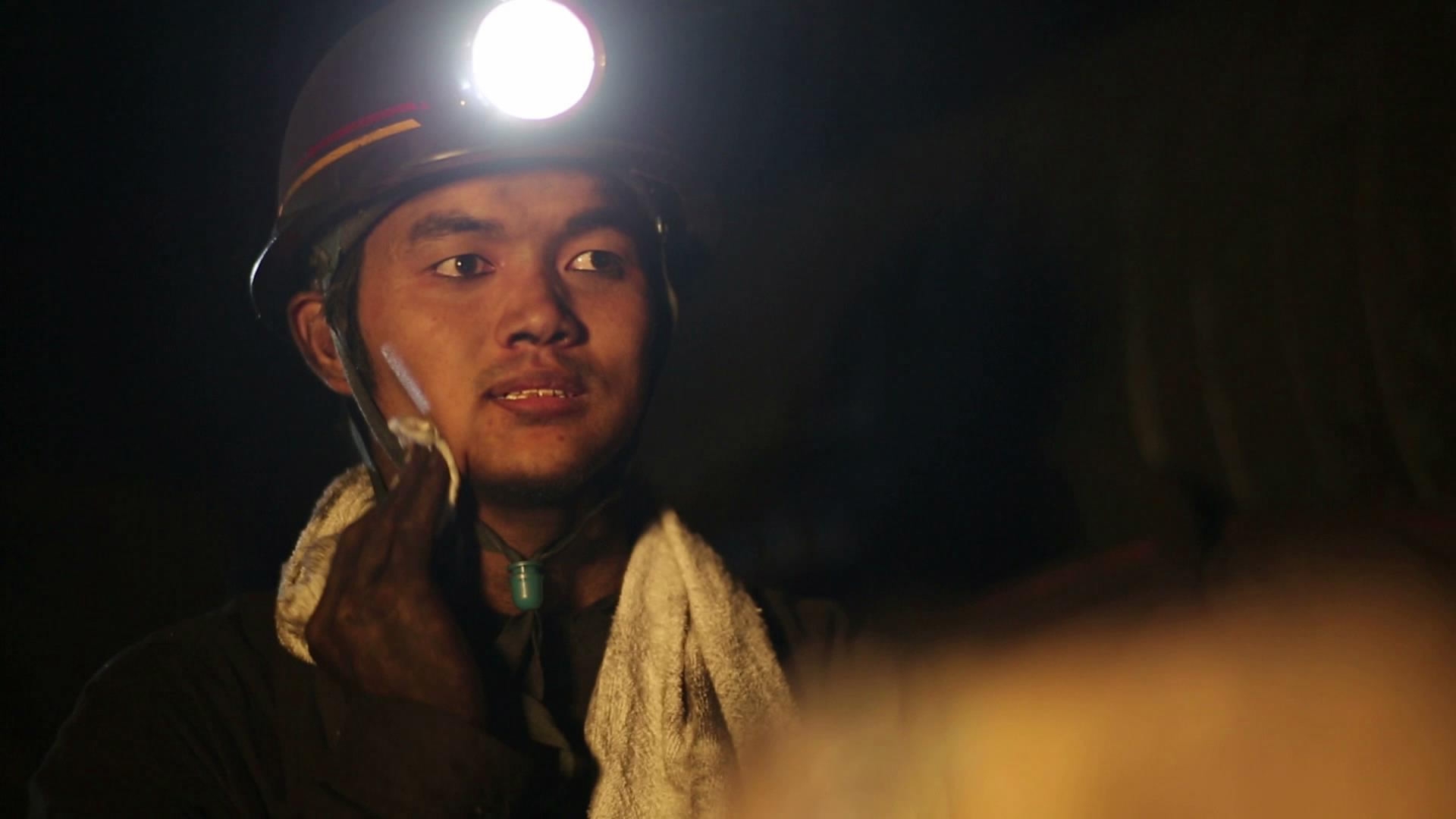
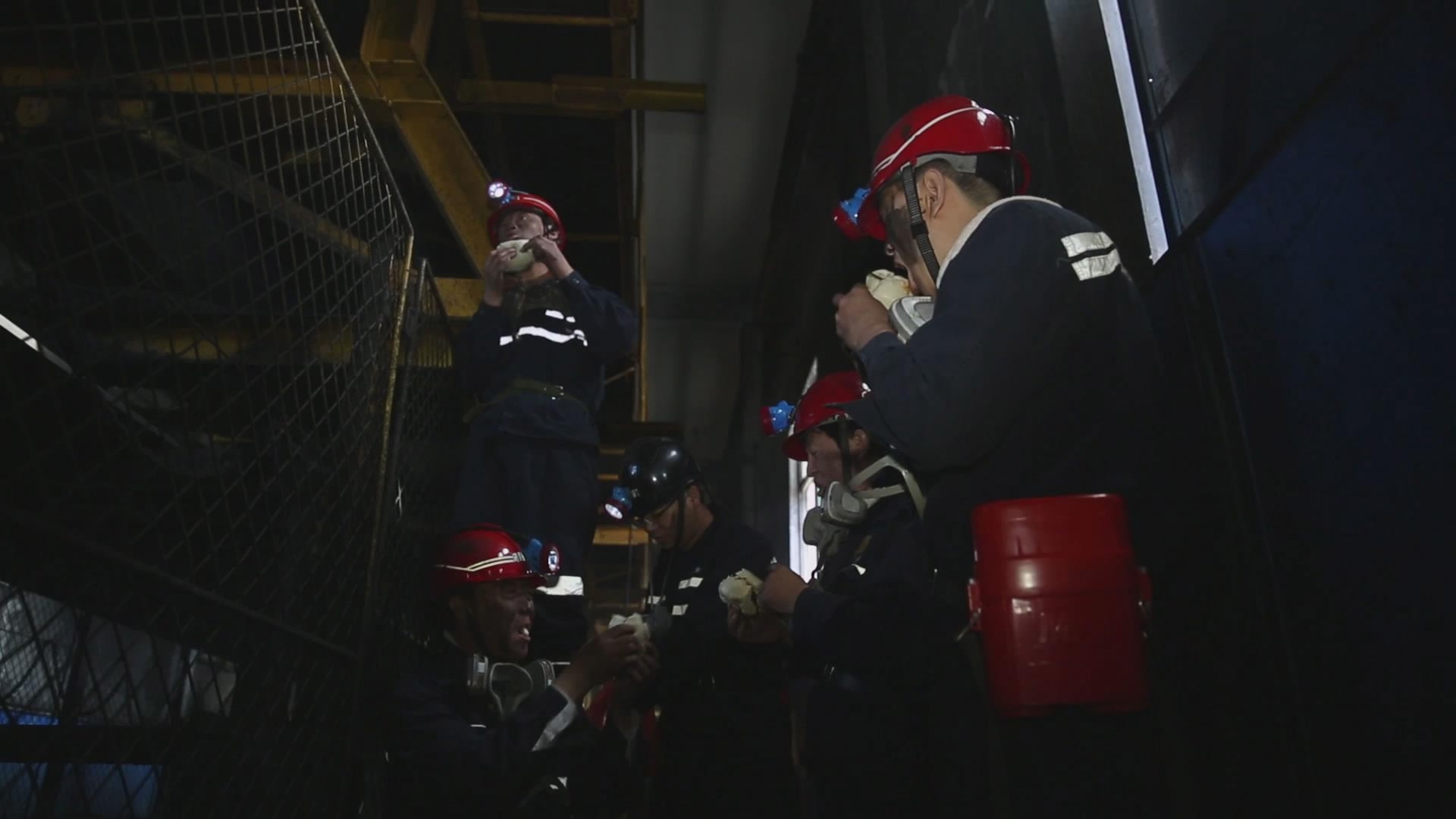
Slowly, Lin befriended the miners. They became less timid and shy before him, allowing him to capture them at their most relaxed and natural states.
Miners today live different lives from those back then. Aside from better working conditions, there has been a shift in the workers’ age group. Most miners today are young adults who play basketball or enjoy other activities outside of work. These young and lively faces have also appeared in Lin’s pieces.

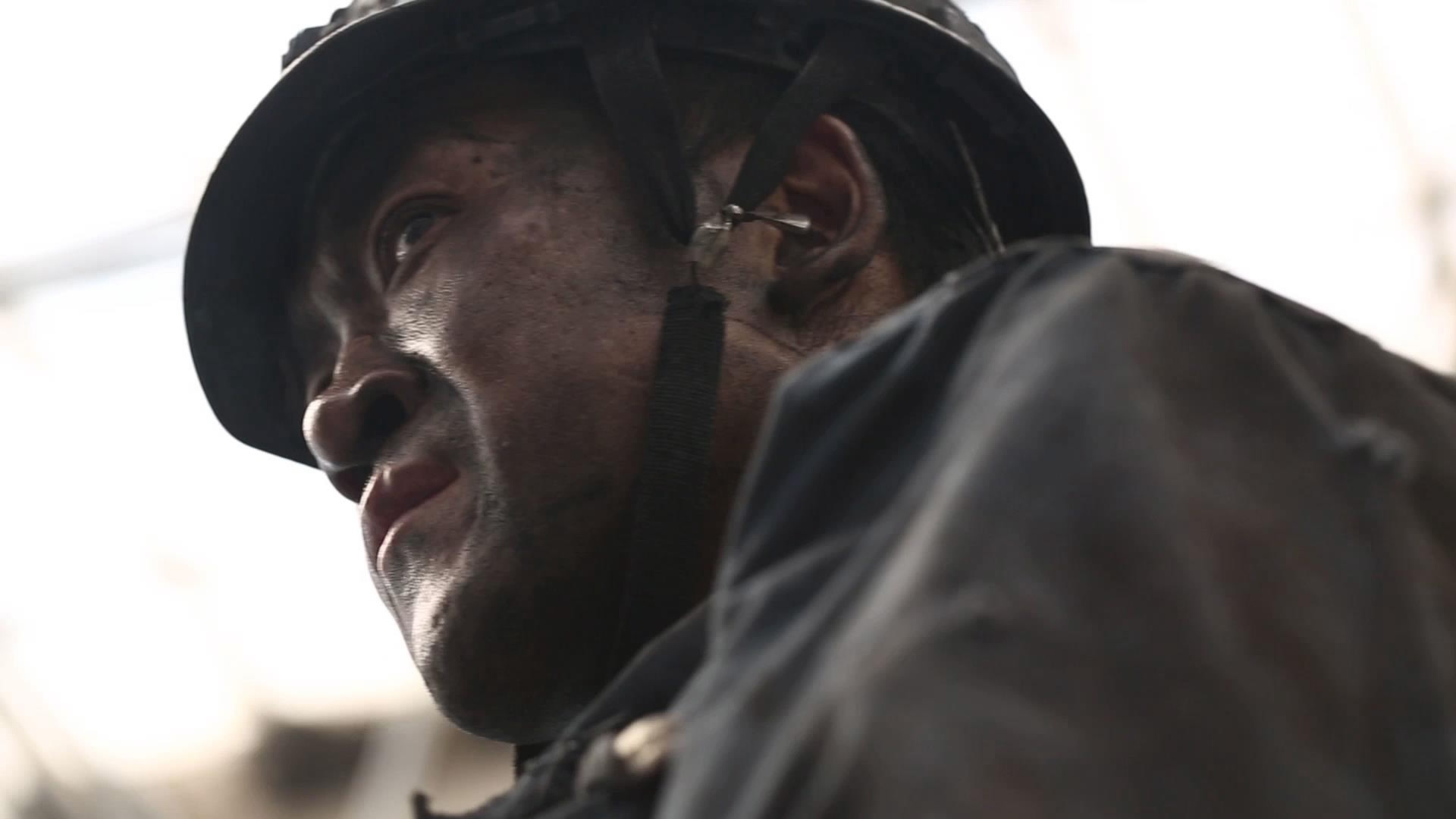
The painter compiled these portraits into an album, The Song of the Coal Miners, published in June 2009 by the People's Fine Arts Publishing House. Critics said of his album, "For the first time in history, large-scale portraits for coal miners have been created. The painter portrayed these miners like the murals of Dunhuang and religious figures of the Renaissance."
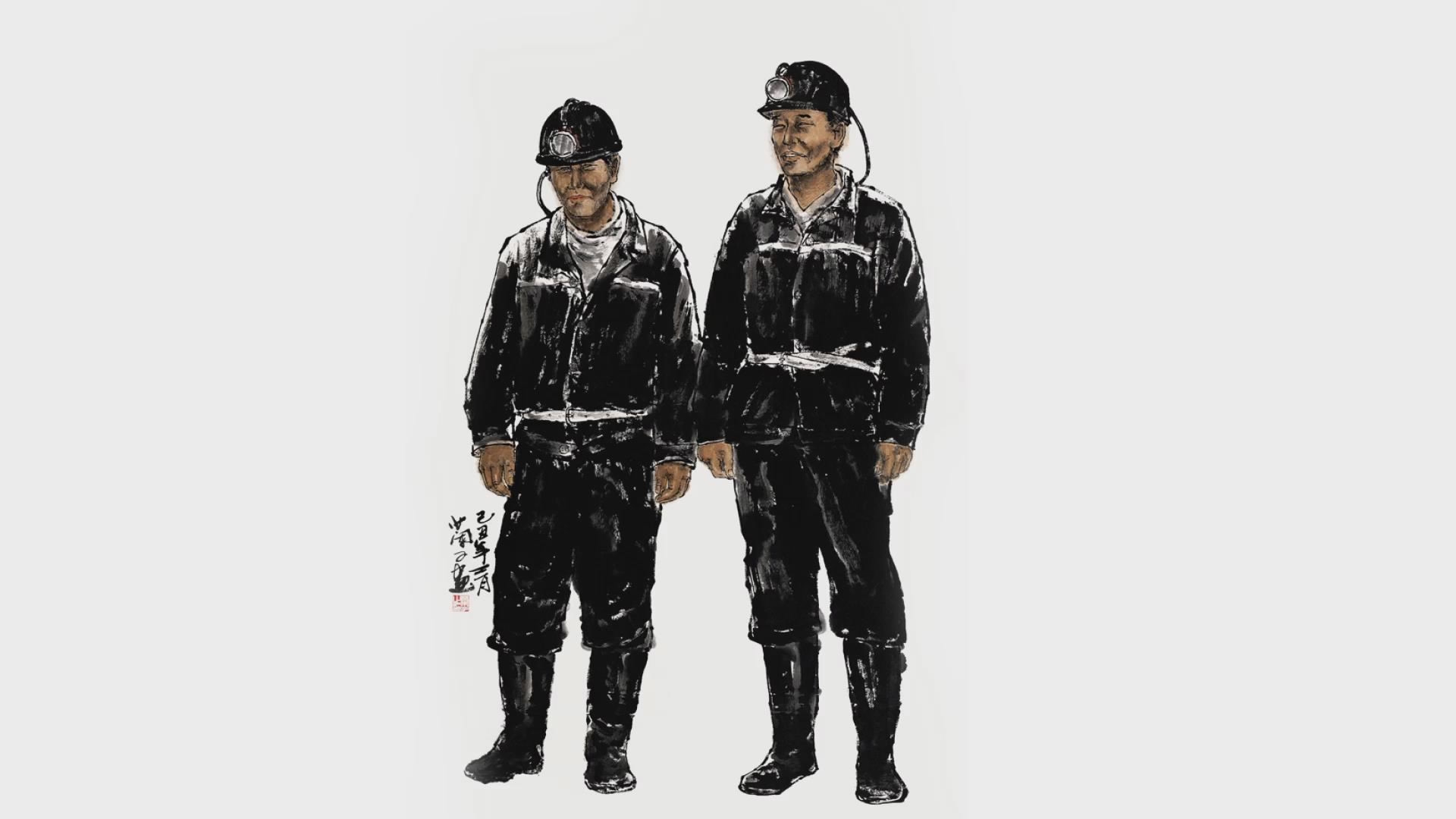
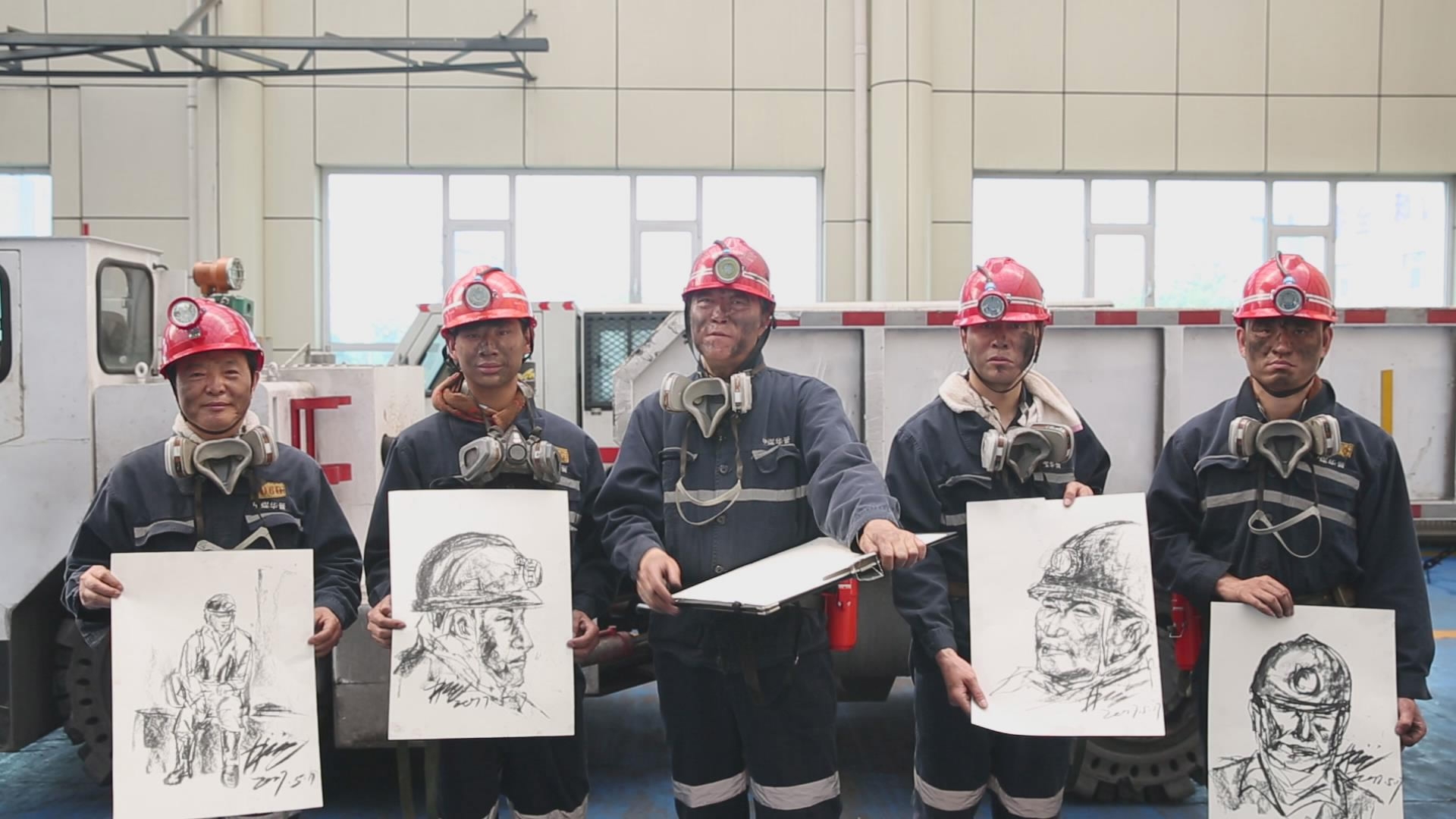
The solemn, evocative faces of the coal miners created by Lin Lanzi’s strokes represent much more than just that. In using this ancient technique, he documented things that are easily overlooked by others and created a profile of contemporary workers in China.
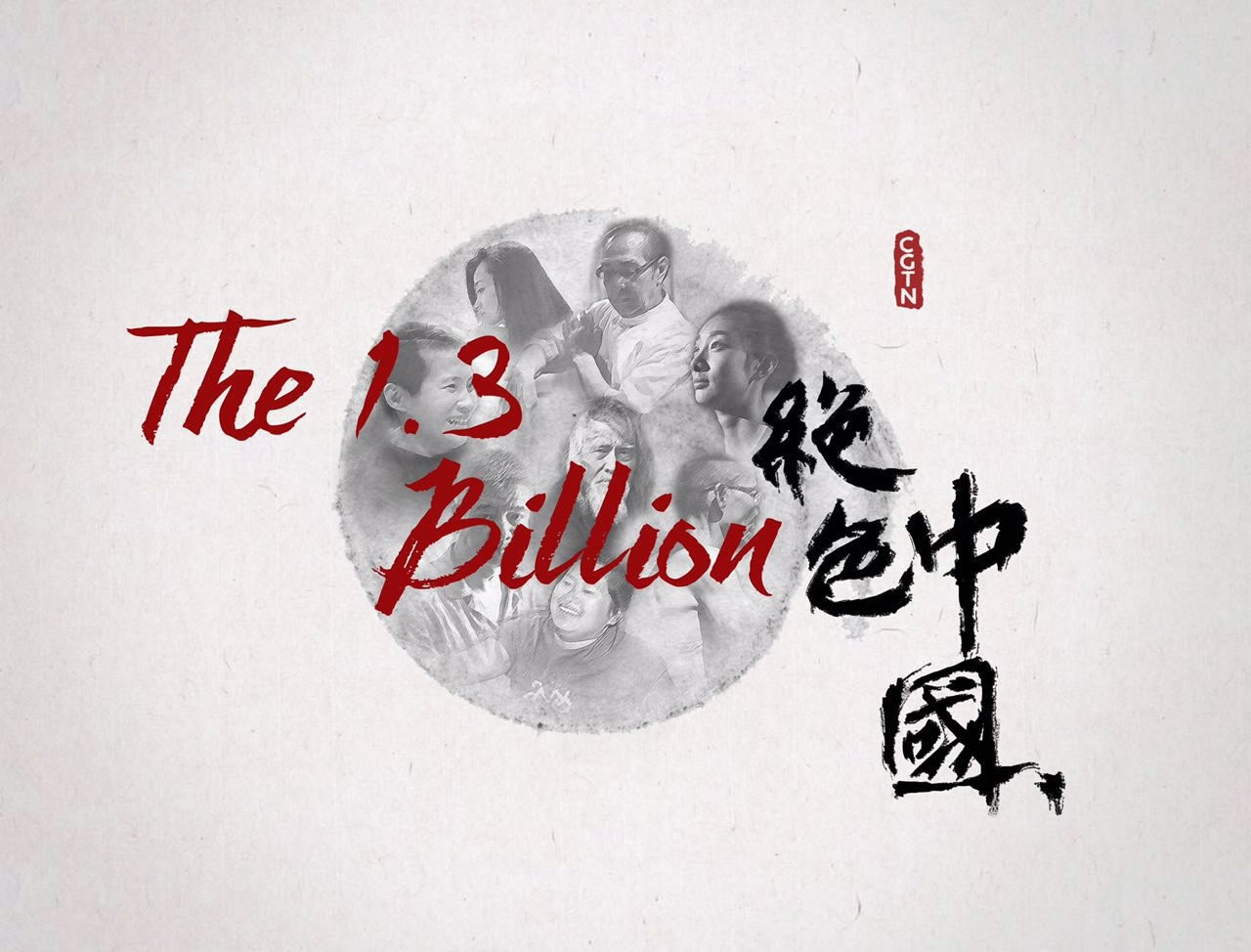

SITEMAP
Copyright © 2018 CGTN. Beijing ICP prepared NO.16065310-3
Copyright © 2018 CGTN. Beijing ICP prepared NO.16065310-3